Advertisement
Can Dogs See Colors Like Humans? Here’s the Answer!
Advertisement
Many people once believed that dogs could only see in black and white. Surprise, surprise—modern science has proven otherwise. While dogs don't perceive colors exactly like humans do, their world isn't just a grayscale image. Indeed, dogs can see colors, but they experience them differently than we do.
The Mechanics of Color Perception
To understand how dogs see color, let's dive into the mechanics of vision. The eye's structure, specifically cells called cones, determines how many colors an animal can perceive. Humans usually have three types of cones sensitive to red, blue, and green light. Dogs, on the other hand, have only two types—allowing them to see shades of blue and yellow. Interestingly, some creatures boast even more cones. Take the mantis shrimp, for instance; with its 12 types of cones, it likely perceives colors beyond our wildest imagination.
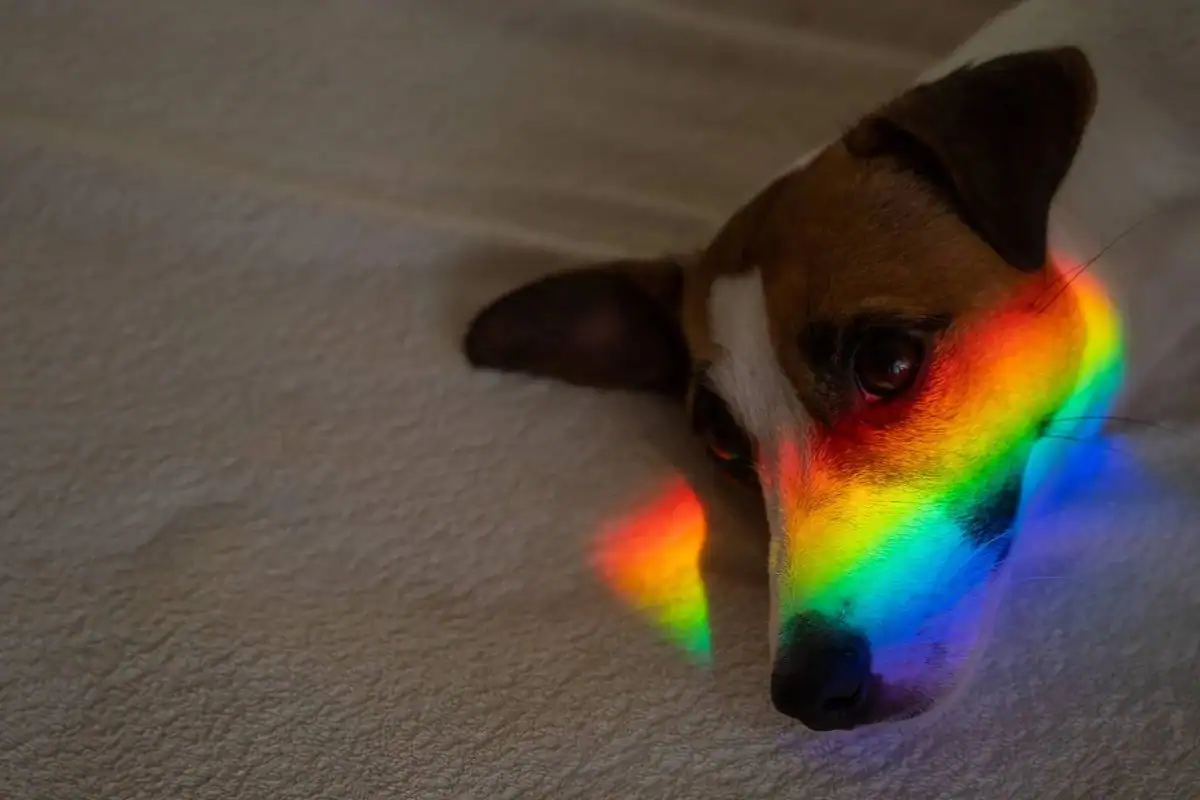
Advertisement
Are Dogs Colorblind?
So, are dogs colorblind? Since dogs have one less type of cone than humans, they fit our definition of colorblindness. If a person saw the world through a dog's eyes, they'd be considered red-green colorblind. However, this isn't a deficiency for dogs—it's just how their vision naturally works. Unlike humans, dogs don't experience variations in color vision because there's no record of a dog having fewer color receptors than what's typical for their species.
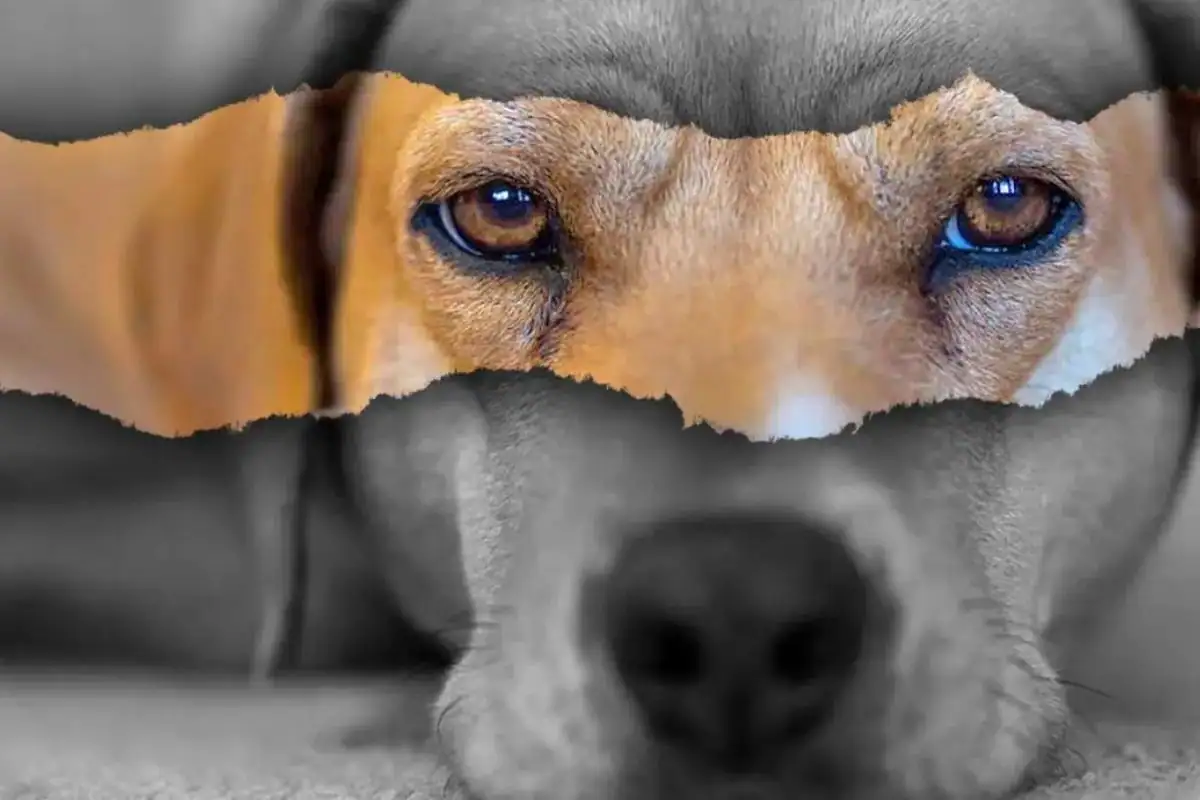
Advertisement
What Colors Do Dogs See?
Practically speaking, dogs have limited color vision. They mainly see blues, yellows, and various shades of gray—this type of vision is known as dichromatic. So, while that vibrant blue sky might pop for your pup, the lush green grass could appear more like a muted gray. In other words, colors like red and green don't stand out to dogs the way they do to us.
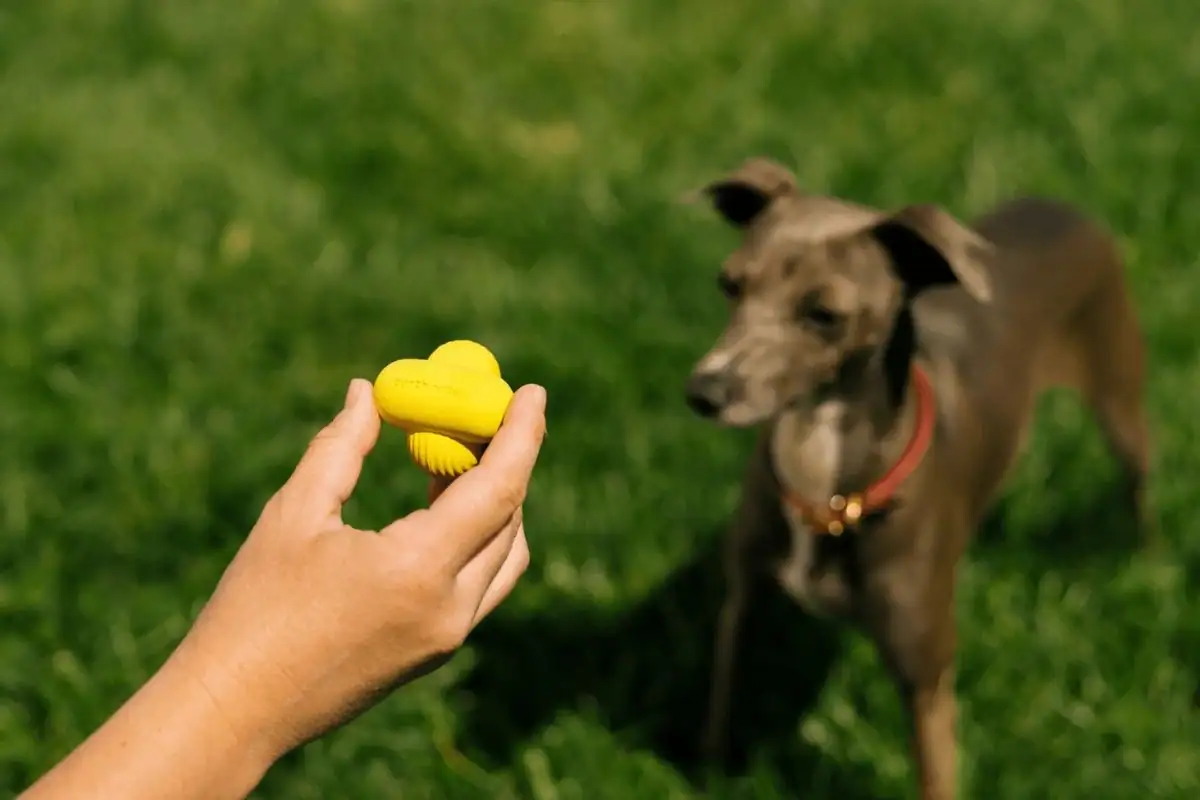
Advertisement
The Practical Applications
Now, what does this mean in everyday life? While color isn't a huge deal for dogs, it does come into play occasionally. For instance, that bright red ball might catch your eye, but your dog might not notice it as easily because reds and greens blend into grays for them. Conversely, a toy that's a dull blue could really grab your dog's attention, even if it seems bland to you. That's why some dog toys are designed with both bright orange and blue parts—they're easier for both humans and dogs to spot.
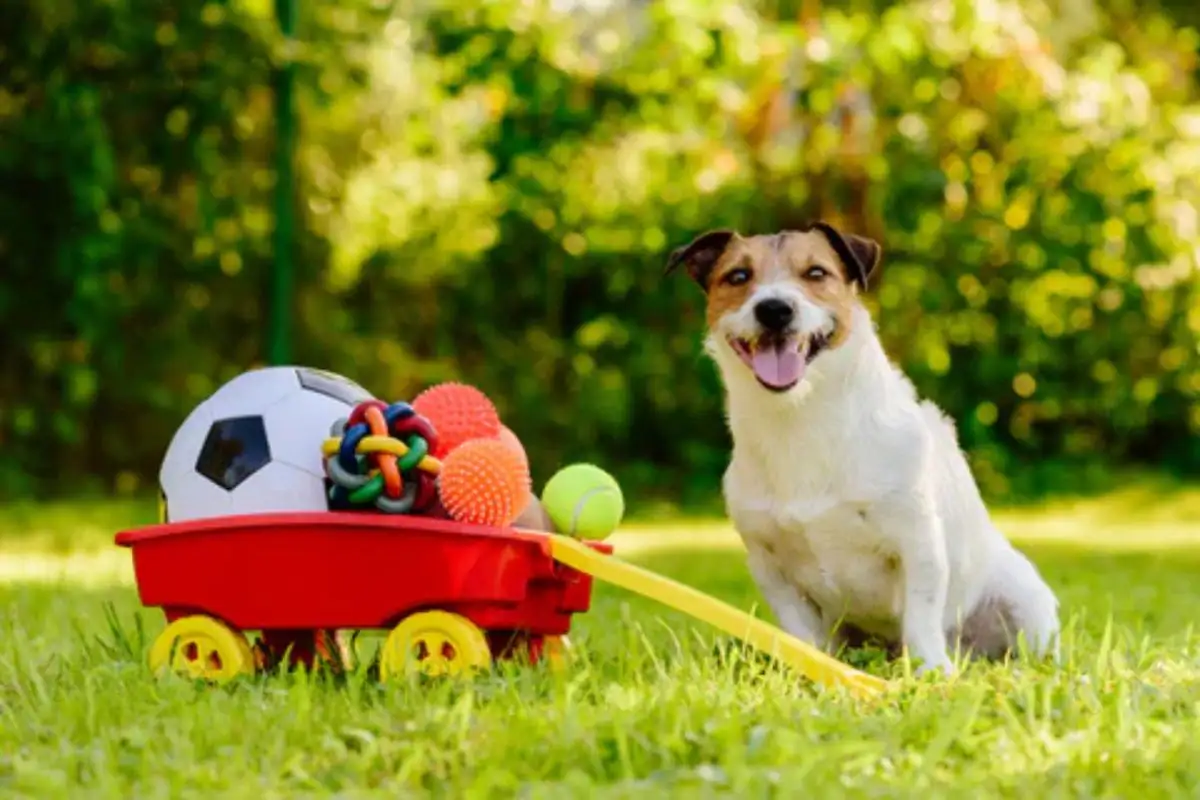
Advertisement
Do Dogs Have Bad Eyesight?
You might wonder if dogs have poor eyesight since they see fewer colors. However, that's not entirely the case. While they don't perceive the same color spectrum, dogs excel in other visual areas. Their eyes contain more rods—cells responsible for detecting motion. So, if you've ever noticed your dog spotting a squirrel or another dog long before you do, it's likely thanks to their keen motion detection. In some ways, their vision is actually better suited for certain tasks than ours.
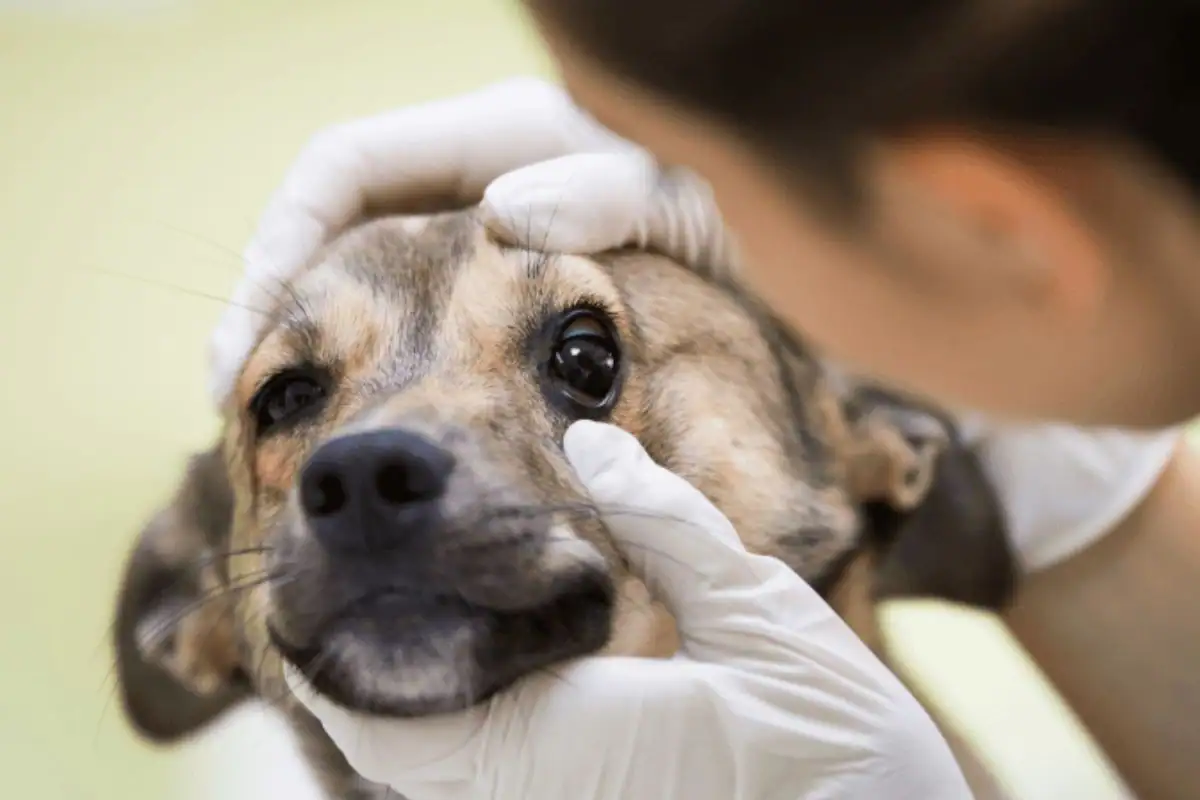
Advertisement
What About the Details?
But what about seeing details? The sharpness of a dog's vision can vary widely between breeds. For example, bloodhounds and basset hounds are known for having less sharp eyesight. Generally speaking, dogs don't have the same visual acuity as humans, meaning they can't see fine details as clearly. This is especially true for objects up close. So, while your dog won't be reading the newspaper anytime soon, that's not something they need to worry about in their day-to-day adventures.

Advertisement
Seeing in the Dark
Moreover, dogs outshine us when it comes to seeing in the dark. They can detect motion and see details in low-light conditions far better than humans. This superior night vision is likely linked to their wolf ancestors, who were active hunters during dawn and dusk. So next time your dog navigates the backyard effortlessly at night, you'll know they're tapping into those ancestral skills.
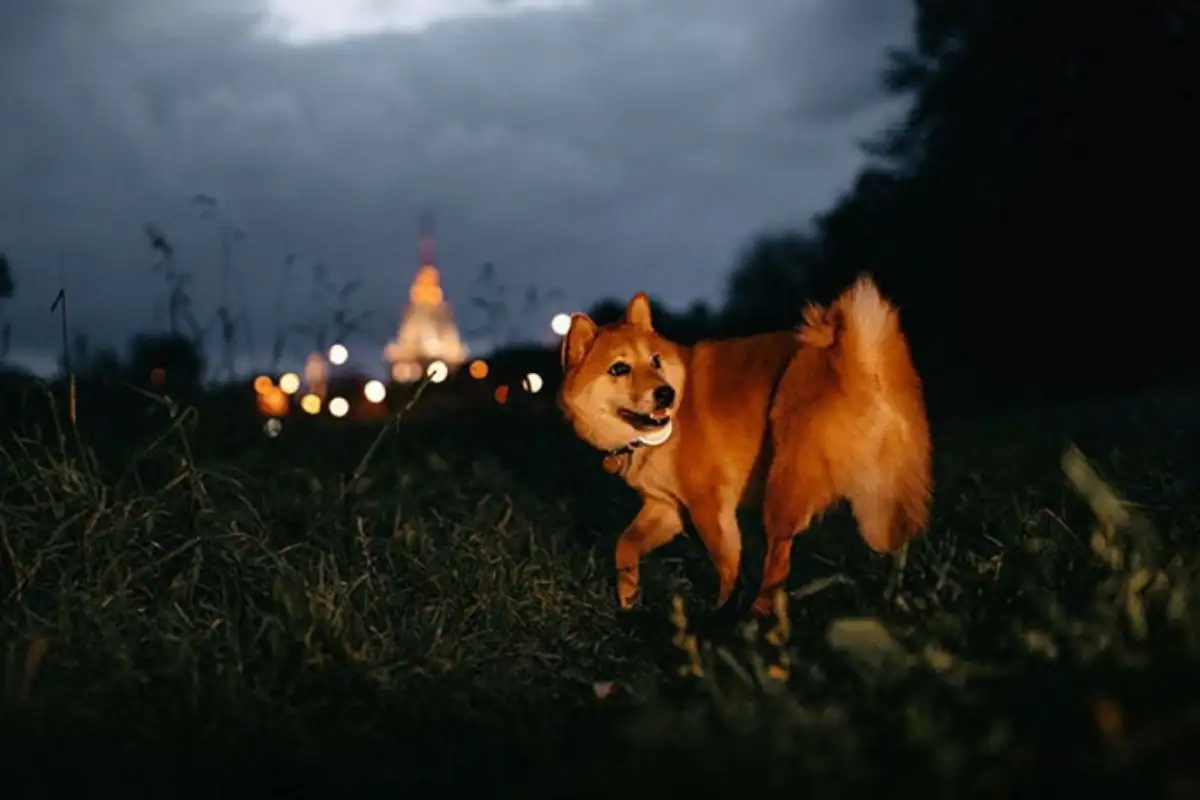
Advertisement
The Other Senses
Considering we humans lean heavily on sight, it's tough to grasp how dogs manage with different visual capabilities. But here's the kicker: dogs primarily rely on their incredible sense of smell, which is about 40 times more powerful than ours. Their hearing is no joke either—they can swivel their ears to pinpoint exactly where a sound is coming from. So, even if their vision isn't as sharp or colorful, their other senses more than makeup for it.
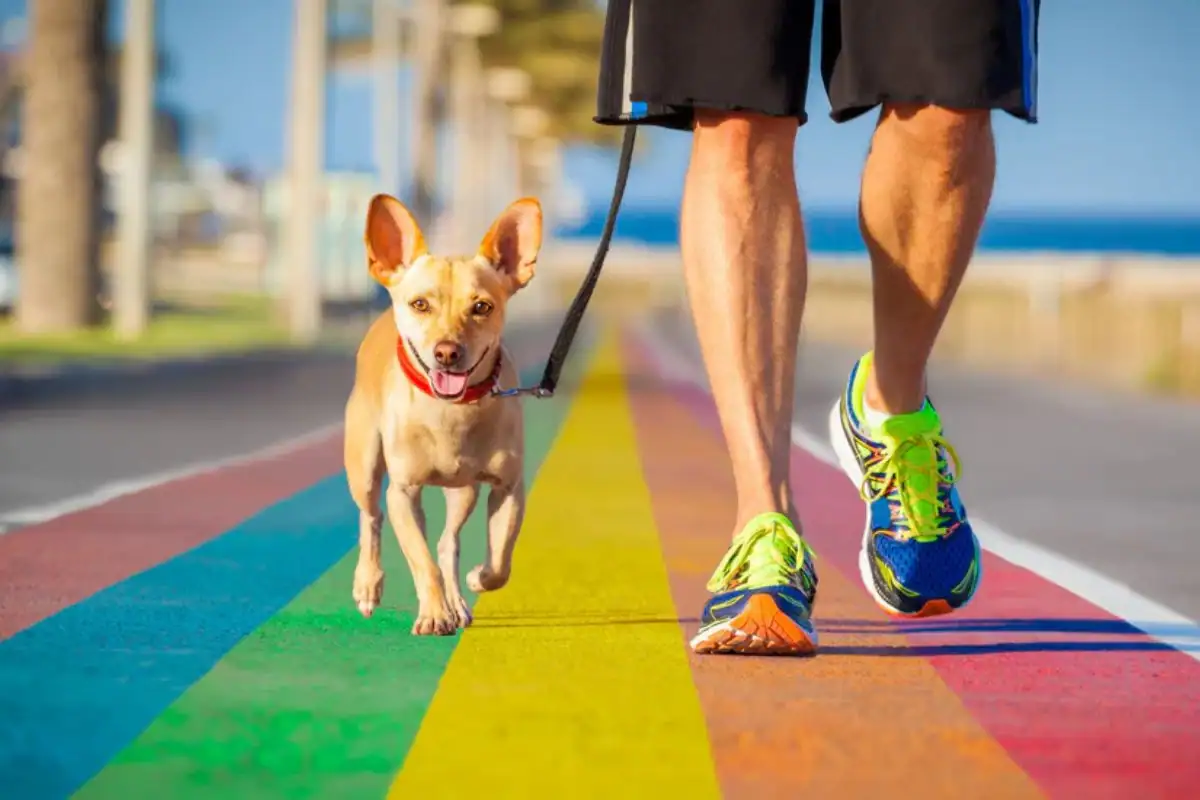
Advertisement
Can Dogs Watch TV?
Now, you might have heard that dogs can't watch TV because the images look choppy to them. While there was some truth to this with older televisions—due to slower frame rates—the story is different today. Dogs have superior motion perception, so those old TVs might have appeared like a slideshow to them. However, modern televisions have fast enough frame rates that dogs can see continuous motion just like we do. So don't be surprised if your pup seems interested in the screen during your next binge-watch session.
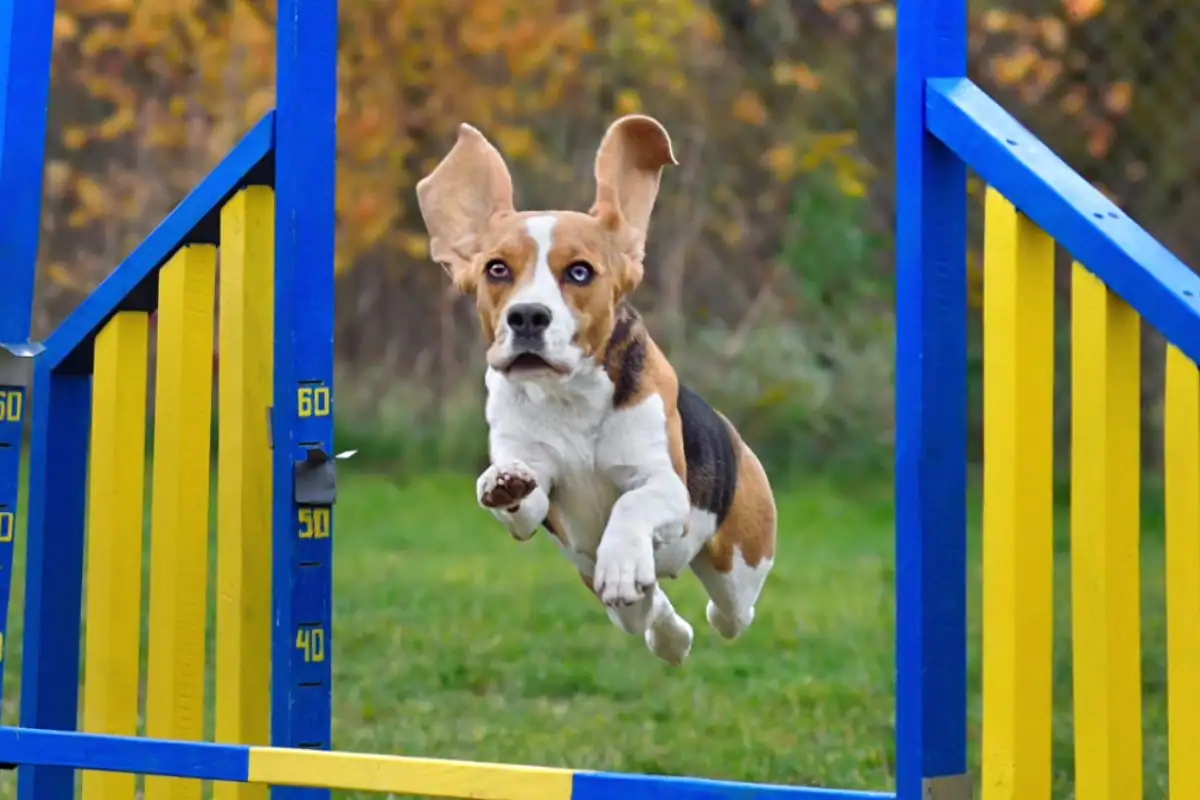
Advertisement
Why It Matters
Understanding your dog's vision isn't just interesting—it's useful too. For instance, if you're training your dog and want an object to stand out, consider using a bright blue color that they'll easily notice. Conversely, if your dog seems to overlook something that's glaringly obvious to you, it might simply be because they can't see it as well. Knowing how your dog perceives the world can make training more effective and strengthen your bond.
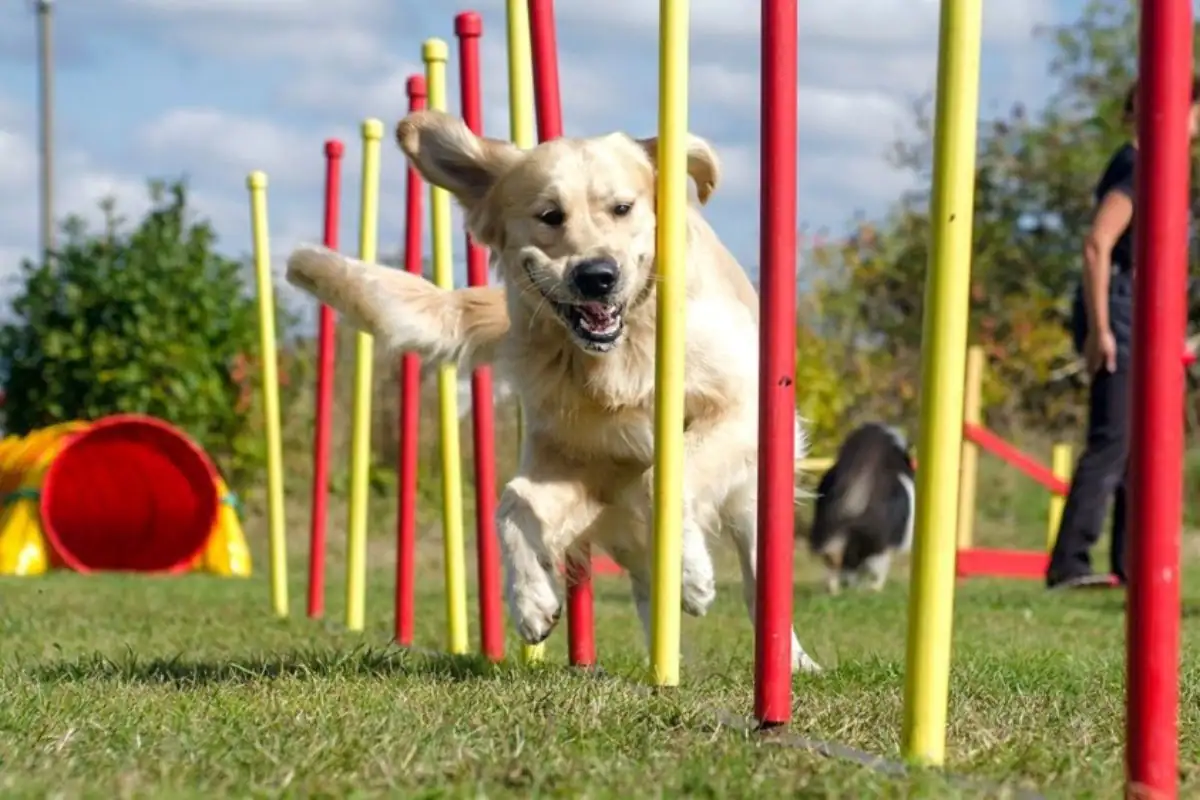
.png)




